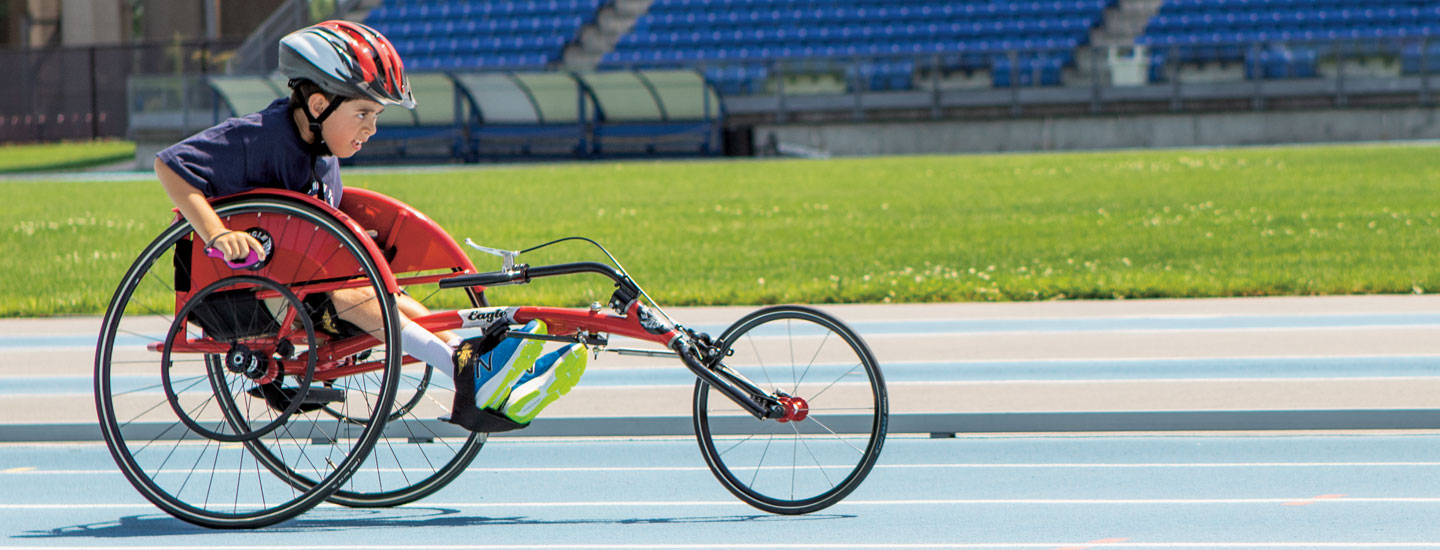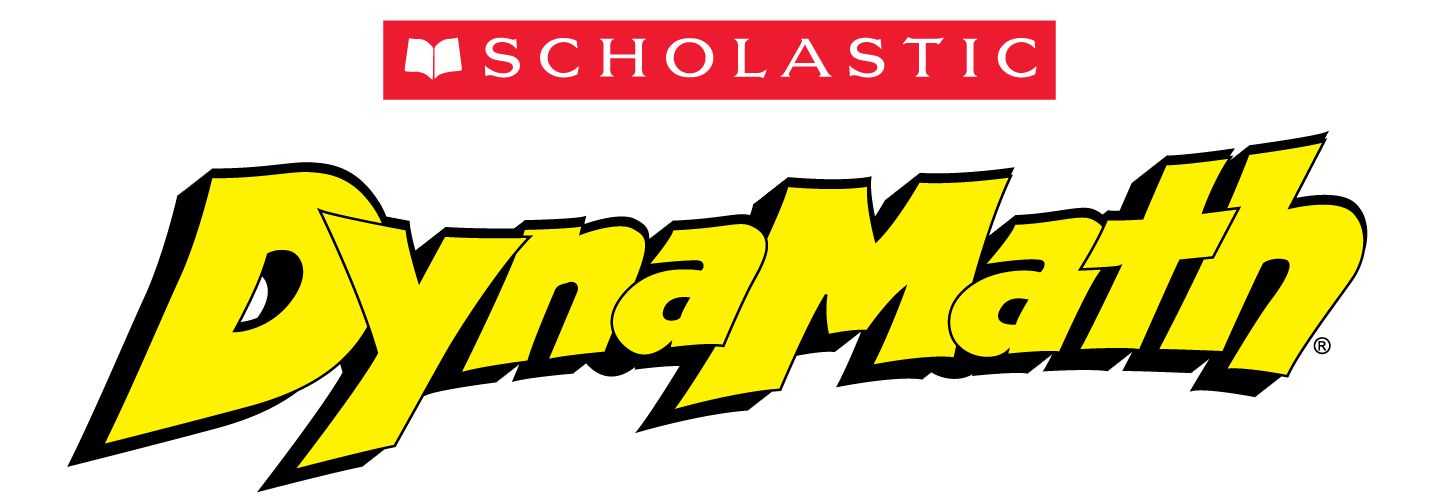Every Saturday, 9-year-old Gabriel Mora wakes up early. He heads to a track about an hour from his New York City home. First, Gabriel does some exercises to warm up his muscles. Then he starts zooming around the track in a special wheelchair built for speed.
Gabriel was born with a condition called arthrogryposis (ar-throh-grih-POH-sis). That makes it hard for him to bend and flex his hips, ankles, and knees. He usually wears braces on his legs and walks with crutches. But he can’t always move as quickly as he wants to that way.
Gabriel Mora is nine years old. He wakes up early on Saturday. He heads to a track. It is about an hour from his home. He lives in New York City.
At the track, Gabriel does some exercises. He warms up his muscles. Then he starts zooming around the track. He sits in a special wheelchair. It is built for speed.
Gabriel was born with a condition. It is called arthrogryposis (ar-throh-grih-POH-sis). That makes it hard for him to bend and flex his hips, ankles, and knees. He usually wears braces on his legs. He also walks with crutches. But he can’t always move as quickly as he wants to.



